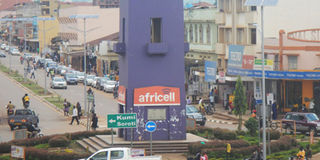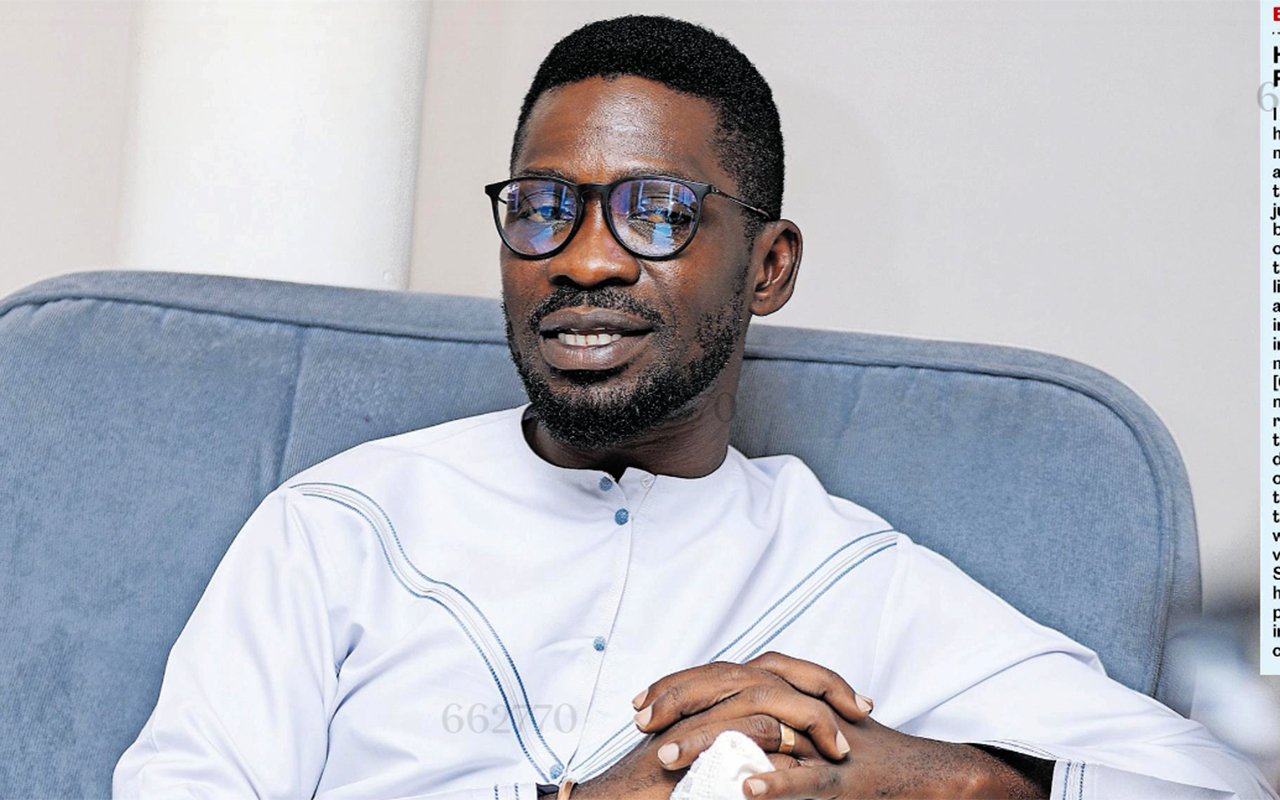Prime
Mbale finally lit after decades of darkness

Beautiful. Mbale Town following the renovation of the road and installation of street lights last Saturday. PHOTO BY FRED WAMBEDE
What you need to know:
- Progress. With the construction and renovation of roads and installation of street lights, the town is steadily regaining its former glory.
- The 3.14km road network, which include Republic Street, Nabuyoga rise, Pallisa and Mugisu Hill have been constructed under the World Bank-funded Uganda Support to Municipality Infrastructure Development (USMID) programme at a cost of Shs10 billion.
Mbale Town that was once referred to as the “Jewel of East Africa” by former President Milton Obote has been in a mess for decades.
The town is, however, steadily regaining its former glory.
With the installation of solar street lights on the Republic, Pallisa, Nabuyonga Rise, Mugisu Hill and the four major roads, the town has been lit. At night, people spend more hours at their workplaces without worry about their safety, unlike before.
Most of the business streets such as taxi and bus parks, Mbale Central Market and slums that were previously surrounded by broken sewers and garbage heaps have been cleaned up by the municipal council. Cases of street children pick pocketing and snatching people’s property have also reduced and prostitutes who have been operating in the dark corners on busy streets have also relocated to outskirts.
For now, according to Mr Robert Nazeba, a vendor operating on Naboa road, the town seems to be on the right track.
“This is what we have been waiting for and it is what I experienced when I was working in Nairobi as a casual labourer. I am happy I can now feel the same happening at my hometown,” he says.
Mr Mutwalibi Zandya, the mayor, says the functioning street lights, drainage system, and the beautification is a sign that the town is regaining its glory.
“With such improved infrastructure growth, I can tell we are soon becoming a city,” he says.
The 3.14km road network, which include Republic Street, Nabuyoga rise, Pallisa and Mugisu Hill have been constructed under the World Bank-funded Uganda Support to Municipality Infrastructure Development (USMID) programme at a cost of Shs10 billion.
The Town clerk, Mr Paul Batanda, regrets that such success could have been witnessed by residents already but it was delayed by the first contractor.
“The work had stalled and we had to go into a long procession of procuring a new contractor. By now, we would be handling second phase of the project,” he says.
In 2014, Mbale municipal council awarded a contract to Plinth Technical Services Company Ltd to tarmac Town roads.
The company was expected to complete the work in 2015 but it failed on several occasions.
As a result, its contract was terminated last year and awarded to Zong Mei, a Chinese company to finalise the works at a cost of Shs7 billion.
Mr Batanda says the council already has plans to embark on Phase Two of the project beginning in December, which include tarmacking of Naboa and cathedral Avenue roads, among others. He says traffic lights will also soon be installed.
The Mbale Municipal Council spokesperson, Mr James Kutosi, says the town has a lot to boast about now than ever before.
“We now have first class hotels, good schools, industries, health facilities, hangout places and business entities, among others. These things were rare before,” he says.
Mr John Wanda, a former finance officer, Mbale district, however, says in order for the town to be granted a city status, more should be done with its physical planning.
“People should be given plots and they develop them according to policy guidelines not as they wish,” he says.
Mr Steven Masiga, the coordinator of Makerere University Centre in Mbale, says there is need for leaders to be exemplary and transparent in order to cause transformation.
About MBALE
Mbale Municipality is one of the most competitive and attractive business centres in eastern Uganda. It is on the foot of Wanale ridge of Mountain Elgon, which is 8,000 feet above sea level. Geographically, it covers 2,435 hectares. Mbale is among the towns being targeted as regional cities, along with Jinja, Arua, Mbarara and Gulu.
The population of the town is multi-ethnic comprising the Basoga, Bagwere, Baganda, Banyankole, Langi and Itesot, as well as the Indian Community. However, the majority are the Bamasaaba ethnic group commonly known as the Bagisu.
By Fred Wambede, Micheal Woniala & Yahudu Kitunzi




